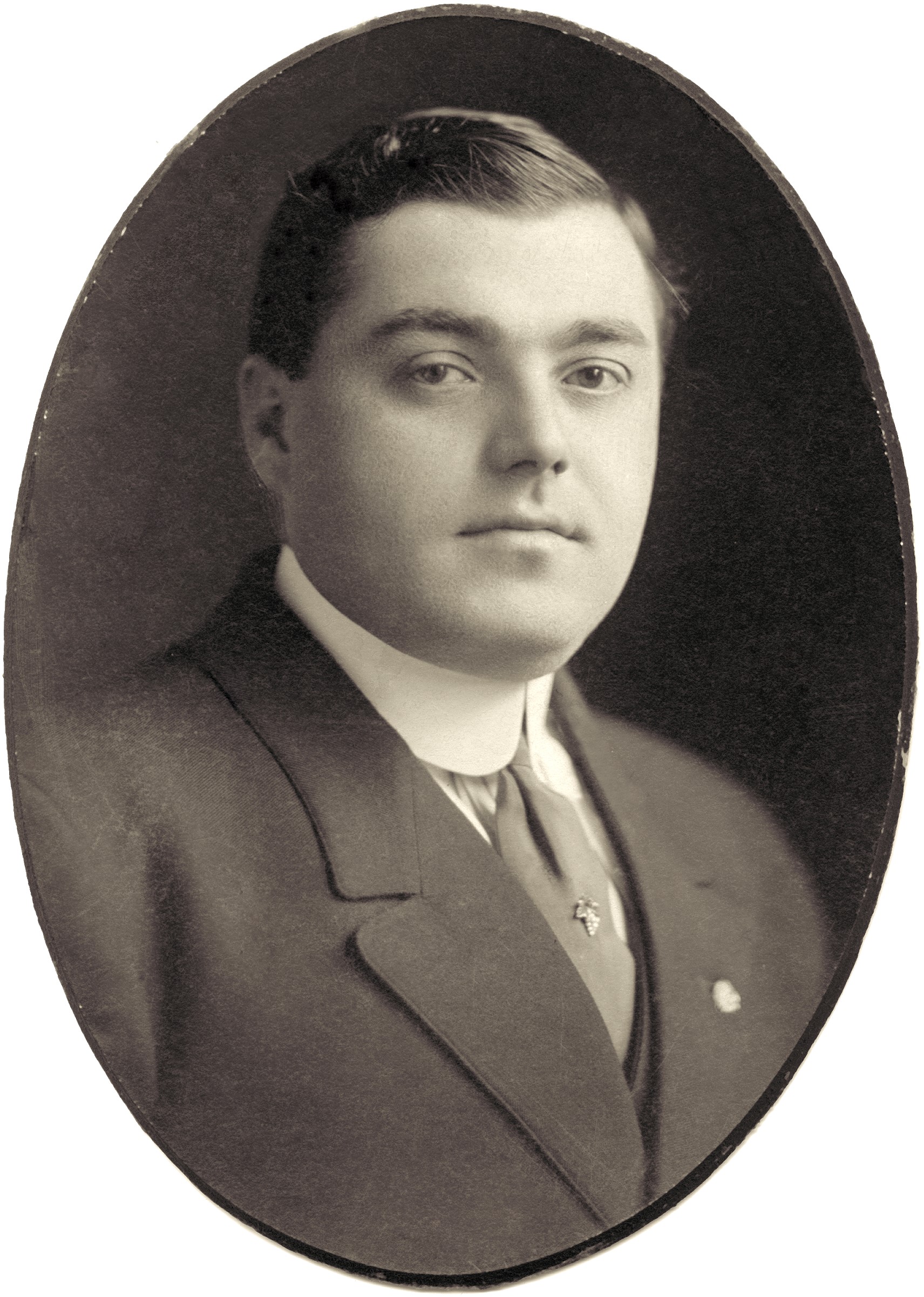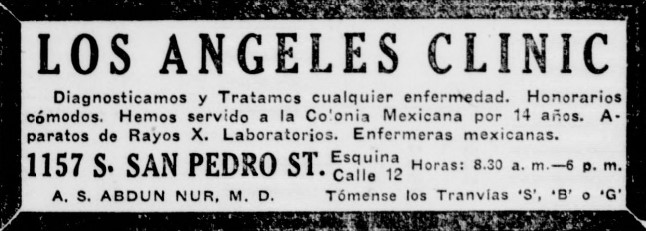Assad S. Abdun-Nur, MD, 1886-1962
By Emma Florio, Special Collections Library Assistant
 |
|
Abdun-Nur's medical school class of 1910 portrait, Galter Library Special Collections. |
Assad Simon Abdun-Nur was born on September 11, 1886, in Douma, a village in what was then the Ottoman Empire and is now Lebanon. He studied at the American University in Beirut before coming to the United States in 1906. He earned his MD from Northwestern University Medical School in 1910 and was briefly connected with the staffs of Mercy and German Hospitals in Chicago.
Shortly after completing medical school, Abdun-Nur moved to Walsenburg, a small mining town in southern Colorado. He went into practice as a specialist in what was referred to as “diseases of women” and partnered with another Lebanese immigrant, Dr. T. F. Tannus, an ear, nose and throat specialist. Abdun-Nur quickly established himself as a prominent figure in Walsenburg. In the 8 years that he lived there he was twice appointed county physician and in 1916 he was on the nominating committee of the Colorado State Medical Association. Also in 1916, he expanded his business by buying a local drug store and adding rooms to it for his medical offices. At this early stage in his career, Abdun-Nur demonstrated an interest in treating immigrant and migrant populations: in 1915 an advertisement for his Walsenburg practice appeared in a New York-based newspaper aimed at Hungarian-speaking miners.¹ Abdun-Nur also became a naturalized United States citizen while living in Walsenburg. He left the town in 1919.
 |
|
Ad for Abdun-Nur’s practice, from La Opinión, July 15, 1934. |
After a brief time as a physician in another mining town, Mina, Nevada (where he co-owned a mine and an oil company), Abdun-Nur finally settled in California. For many years he maintained a large clinic near downtown Los Angeles that began by specializing in industrial sanitation and the health of industrial workers. The clinic was prominent enough that in 1924, only a few years after its establishment, the addition of a hospital unit was reported in the Los Angeles Times.² He continued his treatment of immigrant and migrant patients, as well, evidenced by the appearance of ads for his practice in multiple Spanish language newspapers throughout the 1930s, including one that specifically referenced how he had been serving the Mexican community for many years. In 1924 he married Amennie Abdelnour, who was also a Lebanese immigrant; they would have two children together, including a son who became a physician.
As in Colorado, Abdun-Nur became an important figure in his community in California. In the 1920s he was chairman of the Los Angeles Safety Committee and director of housing and sanitation for the East Side Organization, building on his experience with industrial sanitation and health. He frequently appeared in the pages of the Los Angeles Times competing in golf tournaments as a member of the Riviera Country Club and the newspaper referred to his 1948 home, designed by celebrated Hollywood architect Paul R. Williams, as “a landmark on the hills above Tarzana.”³ He also remained connected to his Arab roots through involvement in local and national religious organizations: in 1946 he helped to found St. Nicholas Antiochian Orthodox Church in Los Angeles and in the 1950s he was a trustee of the North American Archdiocese of the Syrian Orthodox Church. He died in Los Angeles in 1962.
Endnotes
1. Magyar Bányászlap, December 9, 1915.
2. "Additional Unit for Abdun-Nur Clinic Planned." Los Angeles Times. August 31, 1924.
3. Hunter, Lenore. “Beirut Visitors Complimented by Abdun-Nurs.” Los Angeles Times. April 26, 1953.
Selected References
“Dr. A. E. Abdun-Nur Residence, Tarzana, CA.” Paul R. Williams Project.
“Push Plan to Survey East Side: Dr. Abdun-Nur Appointed Director of Industrial Sanitation.” Los Angeles Times. February 7, 1924
“Star Drug Centennial” World Journal (Walsenburg, CO). October 2, 2014.
Updated: April 5, 2023